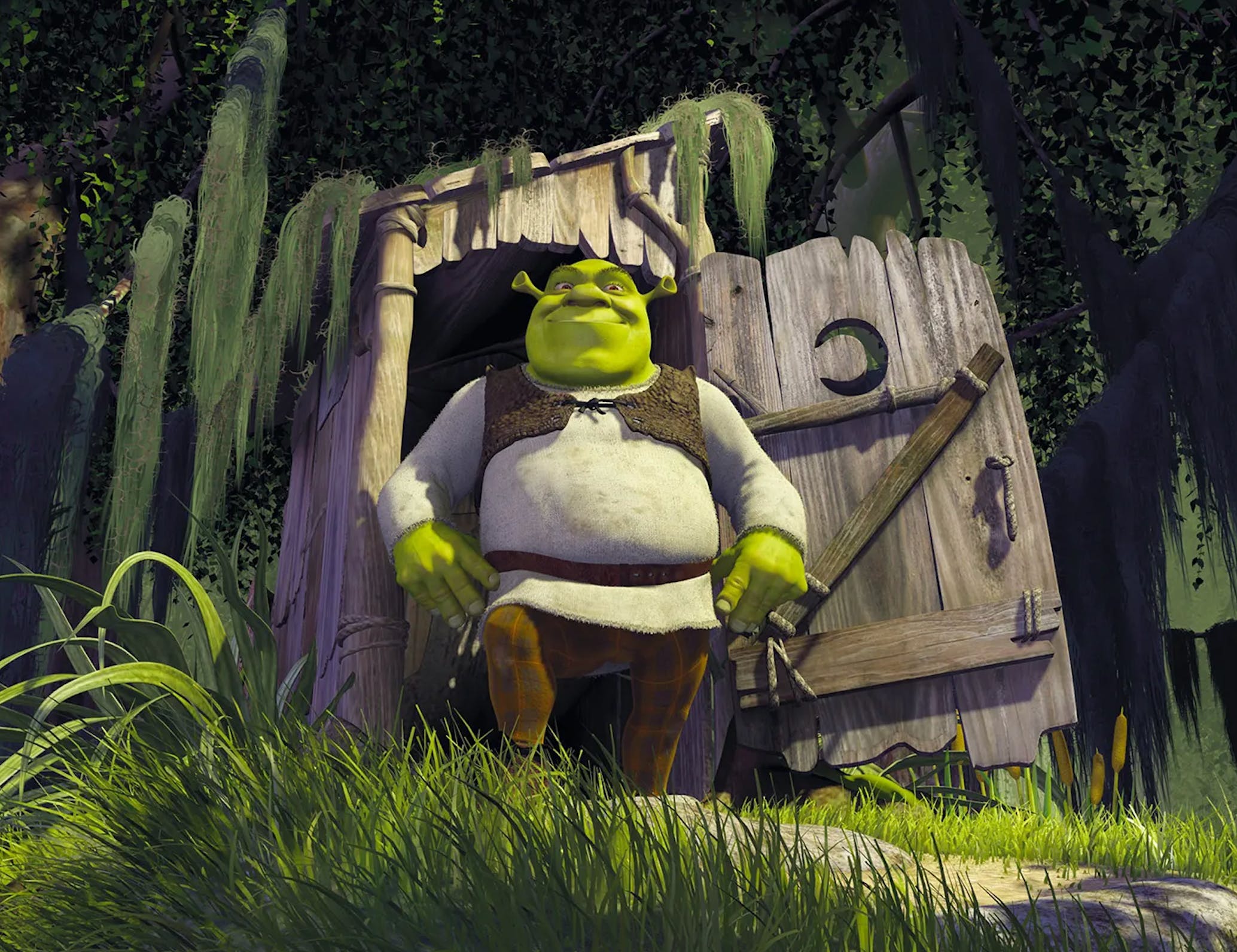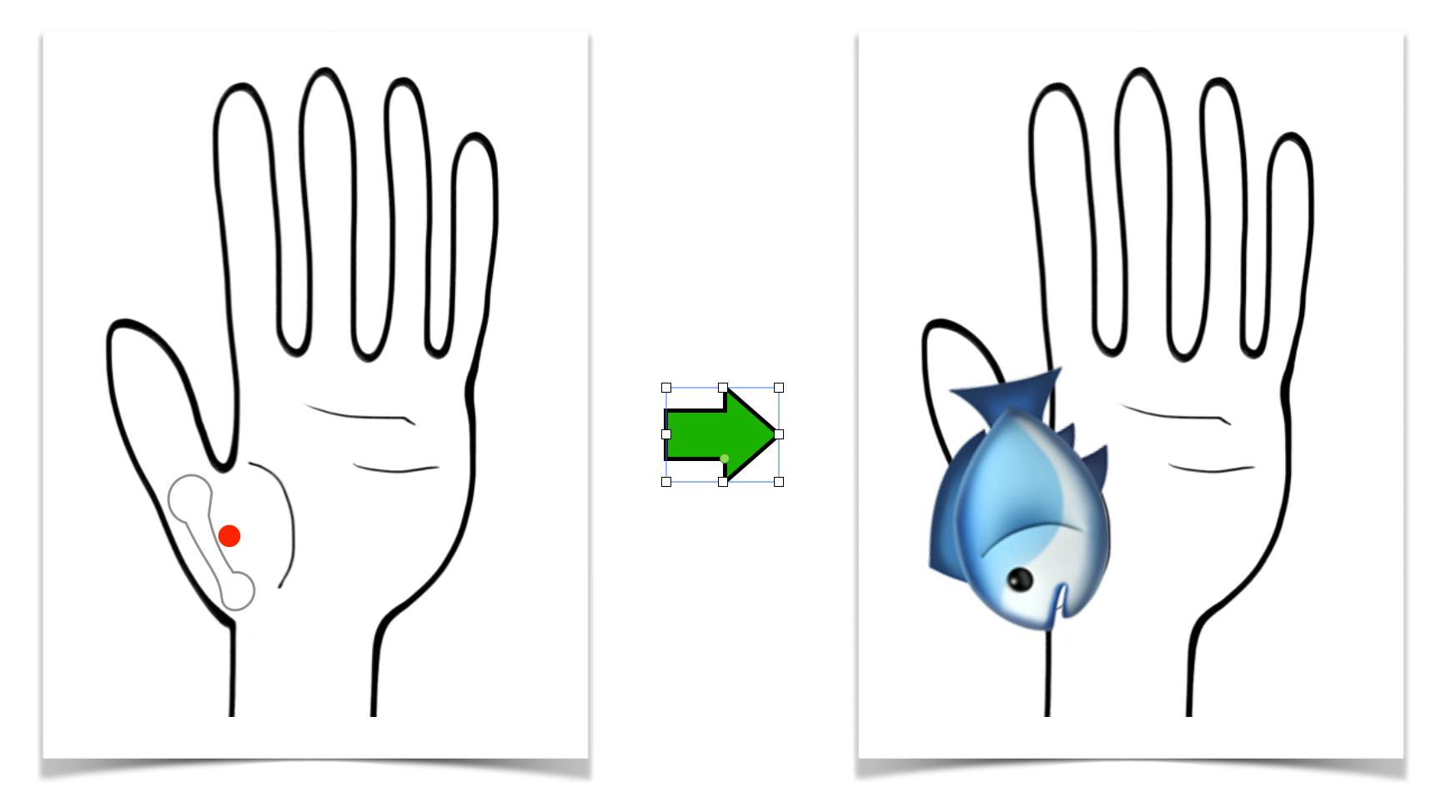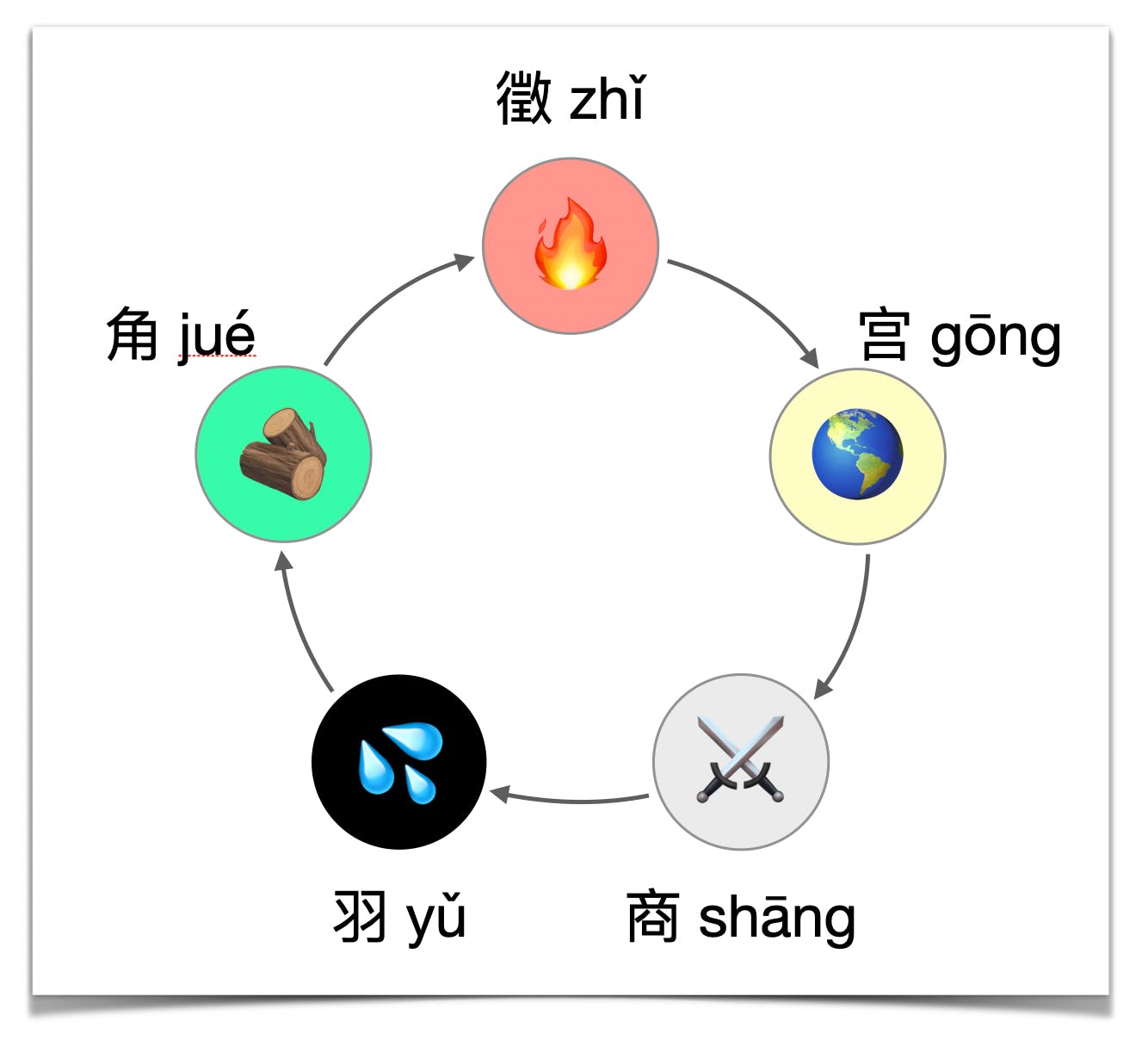📍 Lung Channel Point Names
I've been spending a lot of time working on a Lung channel video, and it's just about done!
It's going to be long (~40 minutes), but it's very complete. And my hope is that is will help connect the dots with other subjects. That way you're not just reviewing Lung points, but you're also reviewing foundations, pattern diagnosis, point categories, and channel theory all in one.
So it's not a quick review, but it's a big bang for your buck.
But since the Lung channel has been on my mind, I though it might be fun to talk about some of the names of the points:
Lung Channel Point Names
🤮 vs 😇
LU-1 vs LU-3: Middle Palace and Heavenly Palace
LU-1 and LU-3 have similar sounding names. LU-1 is Zhong Fu ("Middle Palace"), and LU-3 is Tian Fu ("Heavenly Palace").
One explanation here is that LU-3 is a Window of Heaven point, and it's very common for those points to have "heaven" in the name. But another explanation has to do with their areas of action.
LU-1 is named "Middle Palace" because it has an effect on the middle jiao. Remember, the Lung channel starts with its internal pathway in the middle jiao (and some books will say that the Lung channel connects to the Stomach organ).
Well, besides descending Lung qi, LU-1 also has an action of descending rebellious Stomach qi as well. Since it works on the middle jiao, the name is "Middle Palace."
LU-3 is named "Heavenly Palace" because it has an affect on the head. If we divide the body into the three parts of Heaven, Human, Earth, then the head is the "heaven" portion.
Remember, the Lung has a descending function, so LU-3 is able to descend excess qi out of the head. That's why it's indicated for things like insomnia, dizziness, and vision problems.
(According to Maciocia, it can also raise clear qi up into the head, treating things like insomnia and forgetfulness. So LU-3 both ascends and descends qi from the head.)
Since it works on the head, and the head is the "heaven" part of the body, LU-3 is named "Heavenly Palace."

LU-5: Cubit Marsh
LU-5 is named Chi Ze ("Cubit Marsh") because it's located on the cubital crease.
(Or, a cubit is measurement of length, equal to the distance from the tip of the middle finger to the elbow. That's why it's the cubital crease.)
But also, a marsh is kind of like a swamp. It tends to be hot and damp.
So that's how I remember the functions of LU-5. It's located in the pit of your elbow where it tends to get hot and swampy, so LU-5 clears heat.
Also, a marsh (or swamp) is an area of standing water. So LU-5 also regulates the water passages.
So maybe knowing the name of LU-5 will help you remember its functions.

LU-10: Fish Border
The name of LU-10 is Yu Ji, "Fish Border." I don't think this has anything to do with its functions. I think it just has that name because the thenar eminence looks like the belly of a fish.
But also, the transverse wrist crease is sometimes called the "fish line" in some of the classics. So the hand is just a very fishy place.
Maybe you can think about little fish bones getting stuck in your throat, and LU-10 benefits the throat.

LU-11: Shao Shang
The name of LU-11 is interesting. In modern Chinese, the character Shang means "merchant" or businessperson. So some books will translate this point as "Lesser Merchant."
But in classical Chinese, this character Shang referred to one of the five musical notes -- specifically the note associated with the metal phase.
So other books will translate this point as "Lesser Metal" or just "Lesser Shang."
But we'll see this come up in other point names as well. For example, SP-5 (the metal point) is named "Shang Mound." Or LI-1 is named Shang Yang, because it's the on the yang metal channel.
Conclusion
So those are some point names I found interesting. Normally, I don't think it's worth it to memorize the names of all the points (you have enough things to memorize already). But sometimes having a story behind the points helps me remember things.
I hope it helped you too.
